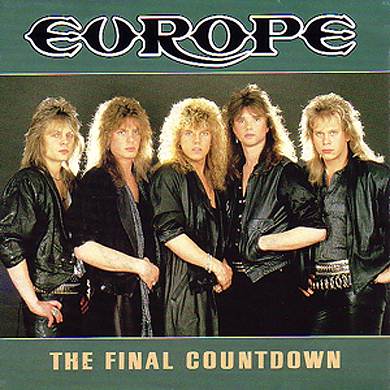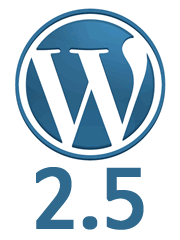 Aaron Brazell, b5media’s Director of Technology has a blog entry on his blog, Technosailor, titled 10 Things You Need to Know About WordPress 2.5. It provides a brief overview of ten features of the very-soon-to-be-released WordPress 2.5, which are quickly summarized below:
Aaron Brazell, b5media’s Director of Technology has a blog entry on his blog, Technosailor, titled 10 Things You Need to Know About WordPress 2.5. It provides a brief overview of ten features of the very-soon-to-be-released WordPress 2.5, which are quickly summarized below:
- New admin user interface. “By far the most comprehensive change in this release was the complete rethinking of how WordPressers do their administrative tasks. Happy Cog Studios was enlisted to do usability research and testing – with the emphasis being on usability research.”
- New menu layout. “One of the first things you’ll notice is the change in the administrative navigation. It struck me as very Movable Typeish. I don’t know if the idea came from them or simply that Happy Cog had such thorough user research that it made sense. Either way… it makes sense.”
- Changes to the way you add widgets to sidebars. “Another MASSIVE shift in philosophy has been in the Widgets page. Before, you could drag and drop widgets into position. You can still reposition widgets by dragging within a sidebar, however, WordPress is relying less on Javascript “bling” for this release.”
- Dashboard overhaul. “…it is completely modularized, and though there is no “tight” way of adding your own, plugin authors can create their own dashboard widgets. The architecture is primitive at this point, but will improve offering a much easier way for plugin authors to do their thing without feeling like they are ‘hacking’.”
- Improvements to the visual editor. “I don’t use WordPress’ visual editor, but I’m told it is a vast improvement over the older version. The TinyMCE team has worked closely with WordPress on this release as well.”
- Flash-based image uploader. “For those of you using a lot of images in your post, the image uploader has been completely overhauled as well. Namely, you can uplopad and insert multiple images at once via a new Flash-based uploader. This will gracefully fallback to the original uploader if Flash is not installed, so never fear.”
- Auto-upgrading of plugins. “By default, it will try to upgrade plugins that are already in the WordPress plugin repository by writing the new files out to the existing plugins. However, this is an inherent security risk as it would require your plugin files be writable by the world.”
- Custom thumbnail sizes. “In WordPress 2.5, thumb-nailing became a whole lot more useful. You can not only set your thumbnail dimensions globally, you can also have a “medium” sized thumbnail, a la Flickr and an option to crop an oversize image instead of just resizing.”
- New tag management interface. “It works like Flickr tags where tags can be added via a list of comma separated tags or via a “type, click, add” mantra. In addition, the UI has a tabbed interface which allows for the selection of tags by checkboxes and by most used tags, useful to say the least.”
- Password strength indicator. A small enhancement, but a useful one for less security-savvy bloggers.
- Bonus: New timestamp interface. A nice enhancement by b5er and WordPress contributor Mark Jaquith. “By default, a new post has no timestamp module. Instead, it’s a publish immediately, or you can click a link if you really do want to modify the timestamp. When editing a post with a timestamp, there is also no ‘Modify Timestamp’ checkbox that caused so much confusion for so many years. If you modify the existing timestamp, it’s assumed that you actually want to change the timestamp!“
So far, only Release Candidate 1 of WordPress has been released. If you’re feeling bold, you can download it from here and give it a try.
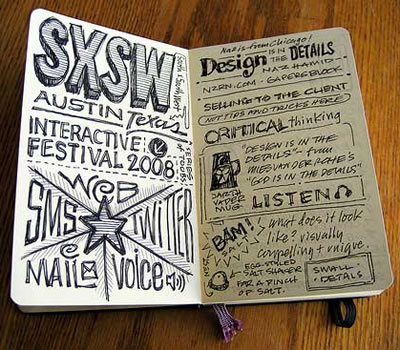
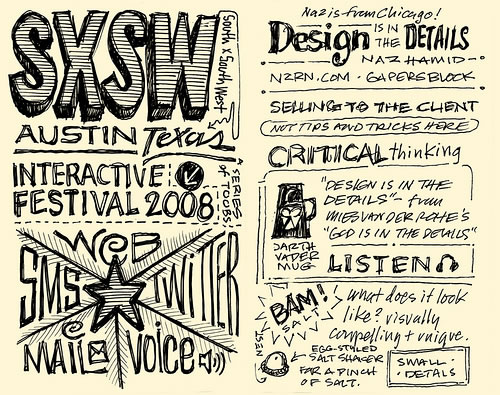

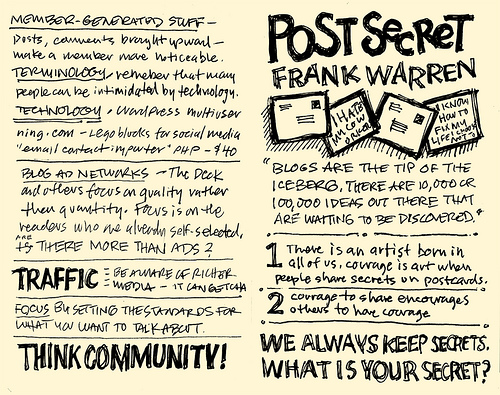
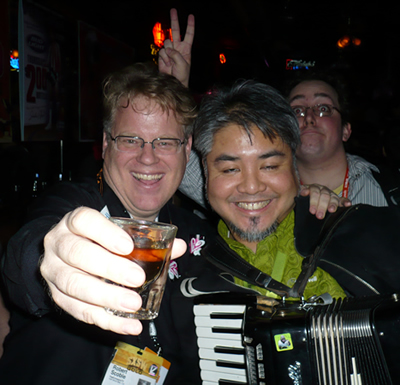

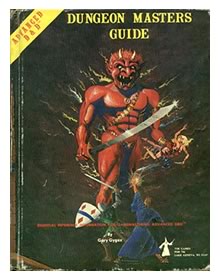 Is it a description of Jarvis Street south of Carlton at night, or perhaps a random sampling of
Is it a description of Jarvis Street south of Carlton at night, or perhaps a random sampling of 